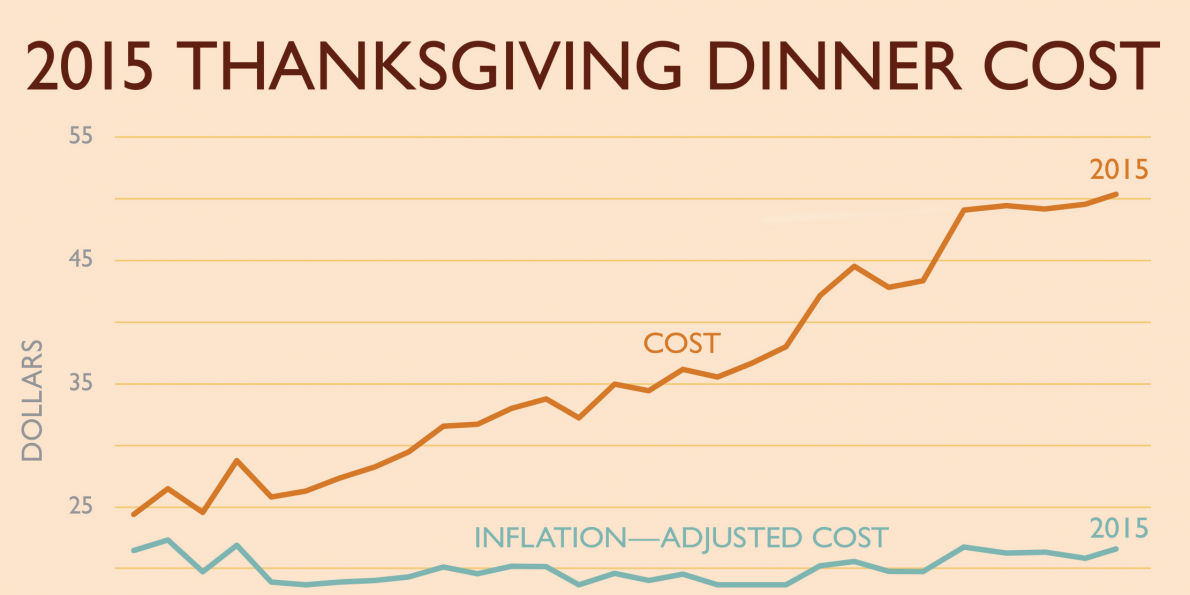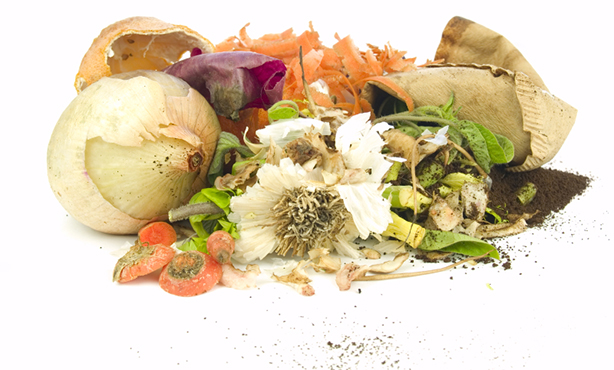
Blog
2016 in Review; From the Planters, to the Pickers, to the Shippers
December 29, 2016
For Ham Farms and Produce 2016 was a year of change and growth. New hires, new customers, and new babies highlighted our growth in 2016. As a result of this growth, we were able to implement positive changes that helped us achieve our goal of engagement, unification, and expansion. This year we were able to increase engagement with our customers, unify our ‘new’ brands into one organization and grow the sweet potato market both domestically and worldwide.
In my rebranding press release, which you can find here, I explained that our new website, logo, and communication efforts were all aimed at engaging our customers. After launching the website and implementing the aforementioned communication strategy, I am happy to report that we accomplished our engagement goal. We now have over 600 subscribers to our weekly newsletter and a 100% response rate to all of our customer communications through our website. Another aspect of this strategy was a stronger social media presence. Through increased social media presence, we were able to boost Facebook likes and shares by 300% as well as, amplify the awareness of the sweet potato market and North Carolina agriculture.
Prior to 2016, Ham Farms, Ham Produce, Yamco, Natural Blend Vegetable Dehydration, and Covington Sweet Potato Vodka were referred to as five different companies. With our new hires and marketing strategy, we were able to effectively communicate the unification of these companies. Now it is a common occurrence for a customer to order both fresh and processed sweet potatoes from us.
As a company rooted in Eastern North Carolina, Ham Farms has a Tar Heel State responsibility to continue the growth of the Sweet Potato Market domestically and even worldwide. We take this responsibility very seriously. In 2016, we added numerous new customers and extended our reach into half a dozen new states and five new countries. Not only did we add new customers, but our retention rate with our current customers is the highest it has ever been. Pride was a major factor in accomplishing this goal in 2016. Growth in sales is not just the product of good salesmen or women; it is a result of the pride of quality work from the planters, to the pickers, to the shippers. That is why, “no matter the destination, we take pride in delivering all our products from our family farm to your table”.
2016 was a great year for us indeed.
While we achieved our three goals of engagement, unification, and expansion, our work does not stop there. Stay tuned! In a couple of weeks, I will introduce our strategic goals for 2017 and a roadmap to success in the New Year.
Thanksgiving Day Prices: "Fowl" Play in the Ag and Food Industries
November 17, 2016
Many consumers have cried “fowl” over the rising Thanksgiving prices.
The American Farm Bureau Federation recently reported that a  Thanksgiving meal for 10 will cost a family $50.11 on average this year. This will be the first time in history that the holiday meal will surpass the $50 mark. This increase in price has been mainly contributed to the decrease in production of turkeys as well as many other main ingredients. While this may be true, when you factor in inflation, the price of Thanksgiving dinner has actually decreased in the last twenty years. In fact, Thanksgiving dinner is following a similar pattern to all other food products nationwide. Grocers, growers, and food suppliers are looking for leftovers from the once booming industry as food prices continue their 50 year decline. Low prices are not always an encouraging sign for the economy and can signal wage stagnation, deflation, and reduce the incentive for investments in infrastructure and service.
Thanksgiving meal for 10 will cost a family $50.11 on average this year. This will be the first time in history that the holiday meal will surpass the $50 mark. This increase in price has been mainly contributed to the decrease in production of turkeys as well as many other main ingredients. While this may be true, when you factor in inflation, the price of Thanksgiving dinner has actually decreased in the last twenty years. In fact, Thanksgiving dinner is following a similar pattern to all other food products nationwide. Grocers, growers, and food suppliers are looking for leftovers from the once booming industry as food prices continue their 50 year decline. Low prices are not always an encouraging sign for the economy and can signal wage stagnation, deflation, and reduce the incentive for investments in infrastructure and service.
The agriculture and food industry makes up over 9% of the workforce in the US, which amounts to over 17.3 million jobs. While the productivity in this sector has grown substantially, wage growth has not followed suit. Hourly and salaried employees have only seen a 0.2% per year increase in their pay. This really amounts to zero, as it matched the inflation rate perfectly. This trend can be attributed to the gradual decline of revenues as a result of the loss of value on many food products.
Economists have used the Food Price index (FFPI) to predict inflationary trends since the beginning of modern economic theory. The decline in the FFPI corresponds with the current low inflation rate trend. Low inflation also has a negative effect on wages. Since there is little to no inflationary pressure, as well as a low unemployment rate, workers have little leverage to negotiate wage increases. If this trend continues and ultimately deflation occurs, consumer spending will decrease as consumers will delay purchases with the promise of cheaper options in the future.
Low food prices decrease the incentive for companies to make investments in infrastructure and added services. Not only do companies have less income to make investments, they also have a hard time justifying borrowing money. Low inflation and falling prices/revenues makes the loan payment a higher portion of their income, reducing the attractiveness of the low interest rates.
As a consumer, it is pretty easy to be thankful for lower food prices, but it is important to look at the big picture. With that in mind, when you sit down to eat your Thanksgiving dinner, please give thanks to all the people who have worked hard to supply you with your affordable yet delicious meal.
Eliminating Food Waste: The 'Clean Plate Club' and Beyond
September 29, 2016
Being proactive about eliminating food waste is more than just being a part of the mom approved “clean plate club”. Over the past decade, we have seen an alarming trend in the produce industry. Over one-third ($3 trillion) of usable produce is wasted each year because of visual defects. America is not immune to this problem either as we currently waste up to 40% of the produce we grow. Simple efficient  business practices state that you should only manufacture enough products that you can sell on the open market. This practice of eliminating waste was made famous by the Toyota Production System and continues to be relevant today. So is it the growers fault for all this waste? Or is it a product of our culture? What can be done to control this trend?
business practices state that you should only manufacture enough products that you can sell on the open market. This practice of eliminating waste was made famous by the Toyota Production System and continues to be relevant today. So is it the growers fault for all this waste? Or is it a product of our culture? What can be done to control this trend?
Culturally, food waste has not been a problem until recently. The aging baby boomer population was brought up by parents who, for the most part, were instilled with depression era and war ration ideals about food. Generation X and millennials never had to deal with the scarcity of food items. Economists agree that when barriers on availability of free market items are reduced, either through price reduction or increased production, consumption increases. This was proven by a famous market research study titled, Bottomless Bowls: Why Visual Cues of Portion Size May Influence Intake. The study consisted of 54 participants being served soup from two different bowls. One group of participants was served using a normal bowl, while the other was served using a self-refilling bowl. The participants who were served using the self refilling bowl consumed 73% more soup, and did not believe they ate more than the control group. These results prove that increased availability of a product leads to increased consumption.
Not only is availability an important factor to consumption, visual quality of produce is significant as well. We have become far too superficial with the way our food looks. Try this exercise; picture in your mind what an apple looks like. Now go to a farmers market or even a farm and pick an apple from the tree. I bet the apple you imagined and the one you picked are vastly different. Our current food culture wants every product to be uniform and glossy, just like what you see on TV. This, combined with our biblical reliance on best by dates causes us to throw away food that is still usable.
Besides being part of the clean plate club, there are ways to reduce your own food waste. Here are three ways you can help. You may even save money in the process!
1.Plan out your weekly meals and use proper portion size. Prior to your grocery store trip, you should always plan out your meals and make a detailed shopping list. Technology is here to help as well. Check this link out for some apps that will help you in your meal planning.
2.Practice FIFO. This stands for first in and first out. When you put new produce in your refrigerator make sure to bring the old produce to the front as it will increase the likelihood that you will use it.
3.Designate one dinner to be a “use it all” meal. Instead of cooking a new meal try creating one with what you already have. This will force you to use everything you buy and in turn will make you a better cook.
Consumers are not the only ones that are helping reduce food waste. Many companies have made it their mission to reduce waste as it not only helps the environment it reduces operational costs as well. Our friends over at General Mills made it one of their goals to decrease their waste. As a result, they reduced overall waste by 48%, by making only one small change in production. They increased the temperature of their ovens at their frozen pizza plants, which allowed toppings to stick more effectively and reduce the amount that would fall on the floor. This change saved nearly 4,000 metric tons of wasted toppings.
Ham Farms and Produce is proud to be a leader in eliminating food waste. That is why we opened Natural Blend Vegetable Dehydration, Yamco, and The Covington Vodka distillery right down the road from our produce headquarters. Now our off-sized and visually diverse sweet potatoes and other produce have a purpose in creating dehydrated and puréed vegetable products, as well as, the famous Covington Sweet Potato Vodka. In fact, we have saved over 28 million pounds of sweet potatoes from ending up in the landfill already this year. These three plants produce ingredients and end user products for bakeries, pet food companies, breweries/distilleries, and food manufacturers. Not only does it allow us to utilize 100% of the produce we grow, it gives us an extra revenue stream and allows us to positively contribute to the local community through job creation.